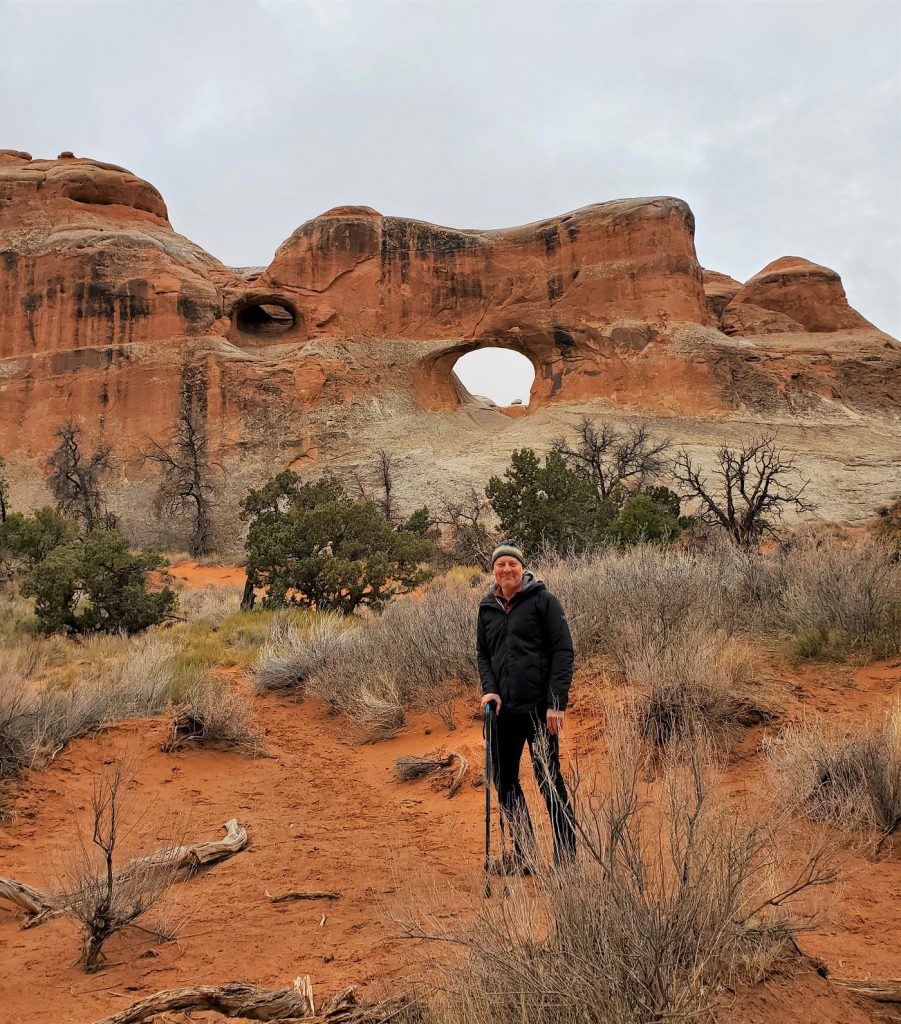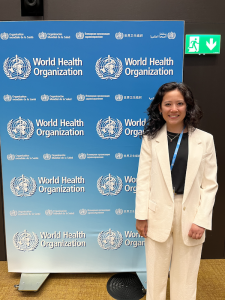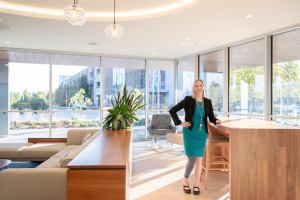
My diagnosis came down like the guillotine: x-linked adrenoleukodystrophy. A long name, which sounded ominous. I remembered watching the film “Lorenzo’s Oil” when it came out in theaters. It told the true story of a boy falling into a vegetative state from the disease. I read the entry on Wikipedia, which spoke grimly of a relentlessly progressive and terminal disease, similar to ALS.
This was December 2011 in the Neurology Department of the University of California — San Francisco (UCSF). I had been on a diagnostic odyssey for the past two years, with worsening symptoms in my legs. I had stopped all my usual sports, cut back on my activities, and was struggling to walk, and occasionally stumbling badly. I knew I had a serious condition; it was progressing; and I did not know its name.
Now that I had a diagnosis of X-ALD, I shared the dreadful news with my family and closest friends. After the initial shock and despondency, my curiosity took over. I read the handful of research papers and wrote to the lead authors. One was a French physician-scientist. He graciously replied with an encouraging and hopeful message full of useful tips. He invited me to a patient meetup in Paris in March 2012. As I entered the ballroom where the meeting was held, I saw a sea of wheelchairs and many disabled children and adults. I initially freaked out, and wanted to leave. But then I realized I should meet my new tribe. I befriended many families, listened to their stories, and got a sense of my own future.
Back home in California, I was determined to make contact with a specialist. Many rare diseases only have one or two “centers of excellence”. I went to Massachusetts General Hospital. My neurologist there was making plans to launch a “patient-powered research network”, which could claim federal funding. This was the basis for ALD Connect, which we launched in 2013 to incorporate the voice of the patient into infrastructure and research priorities.
We have worked on a registry, a natural history study, and better biomarkers. We have developed a clinical trial readiness network, to assist biotech companies developing therapies for our disease. And we have advocated for inclusion of our disease in the newborn screening panel. In 2013 we signed up our first state (New York) for newborn screening; we now have more than half of US newborns screened for X-ALD.
As I started mentoring many just-diagnosed individuals, I recognized the need for a more holistic approach to the disease. I turned into a “fitness guru”, promoting daily exercise and rehabilitation, and a healthy lifestyle. I focused on redefinition of the self as a path to a more peaceful future.
I kept searching for innovative devices that could help me safely preserve my mobility. I walked with two canes, and would reluctantly use my walker on occasion. In November 2021, a friend introduced me to Jeremiah Robison, the founder of CIONIC. I had built a healthy skepticism for assistive devices and their claims. I tried the CIONIC Neural Sleeve, which characterized my gait deficits in ten minutes; and then calibrated the functional electrical stimulation to the right spots and levels for me. I took some steps and was wowed by the immediate improvement in foot drop, stride, dynamic balance, and confidence. I felt faster and safer. I know many other patients with spinal cord disease and neurodegenerative conditions will benefit from the CIONIC Neural Sleeve. They will regain, or maintain, their ability to walk; and the freedom, pride, and autonomy that come with it.





